Visiting National Parks in your RV
National parks are some of the most beloved places to visit and hold wonderful memories for so many people. They highlight some of the most stunning natural beauty to be found and are considered safe, affordable choices for an adventure. Of course, visiting national parks is a quintessential part of RVing. With over sixty to see in North America, this can turn into many adventures. However, there are several tips and tricks necessary to follow to make the most of your RV national park travels. Get comfortable with your favorite drink as we dive into the many ways to make the most out of visiting national parks in your RV.
1. Choose RV-friendly national parks.
Unfortunately, not all national parks are considered RV-friendly, while many can only accommodate smaller RVs. There are several that don’t have any campgrounds, and some do not even allow RVsto access their roads. If RVs aren’t allowed, consider bringing a tow(ed) vehicle to drive into the park, while camping at a nearby campground or Harvest Hosts location. Redwoods National Park, Rocky Mountain, National Park and the Grand Canyon are among some of the most RV-friendly parks to visit.
2. Book overnight accommodations far in advance.
Campgrounds within, or just outside of, national parks tend to fill up fast. Some campgrounds within a park operate off of a lottery or are only open to reservations during certain windows of the year. Begin planning as early as possible to ensure you get to stay where you would like. Many national parks aren’t too far from a Harvest Hosts or Boondockers Welcome location. Consider checking these locations as well when planning where to camp in your RV.
3. Plan a daily itinerary.
Some vacations are best with loose or little planning. Unfortunately, nature doesn’t always cooperate whenever we want her to. Since national parks are based around their natural beauty, it’s important to plan ahead. Create a daily itinerary with the best times of day for each activity, as well as the order in which you’d like to see each individual area. It’s also necessary to check the weather and adjust your plans accordingly. Checking the weather frequently isn’t just important for the convenience of sight-seeing. Some parks, such as Denali or Zion, can produce fatal weather conditions for unsuspecting hikers.
4. Come prepared (food, supplies, etc).
Many national parks don’t offer interior resources. Always do your research ahead of time to know whether a park has food, gas, and other supplies. If there are no amenities, then you will need to plan where you will stop to pack in your supplies. It’s also important to note that COVID has severely impacted resource availability as well. Some restaurants and general stores within parks have closed temporarily or permanently. Always check the NPS website for the most up-to-date information of services in the park.
5. Don’t plan for hookups!
As stated above, many national parks don’t have campgrounds. If they do, it’s rare that they will have hookups. Be sure to do your research to see what the park’s campground accommodations will be like during the season you’re visiting. Typically, RV parks within a national park may have some sites with electric, as well as a communal dump station and sporadic water spigots for quick tank filling. Be sure that your RV is equipped for dry camping before planning your next national park trip.
6. Bring your pets (if permitted!)
National parks in the United States, as a whole, are typically not very dog-friendly. Each park has particular trails and areas that may accommodate dogs on leash, but these areas tend to be few and far between. Be sure to research each park individually to see where Fido is permitted, and be sure to adhere strictly to those rules. There are precautions put in place to protect nature, wildlife, and your dog. Most interior campgrounds will allow your dog (or cats, ferrets, etc.) to be kept inside your RV. Many nearby campgrounds may even have a dog park for exercise.
7. Plan your route.
Getting to and from your adventure is half the battle. Certain roads may not be safe for your RV, depending on its size and weight. Many national parks are situated in remote locations that may require you to take mountain passes with sharp turns, tunnels, and weight restrictions. Always plan your route carefully using an online mapping tool with your RV’s specifications or an RV GPS. This will help you to reach your destination as quickly and safely as possible. Thankfully, most interstates can accommodate tall and heavy RVs, since they are often used as semi truck routes.
RVing across North America is a popular way to travel, and it is only becoming increasingly more popular. Some travelers have a goal of hitting all the national parks, or just enjoying them as an addition to a vacation. Whether the national park is the final destination or just a stop along the way, be sure to follow these tips for the best possible experience.
What national parks have you been to? Which one is your favorite, and why? Tell us about your adventures in the comments below!
Learn More About Boondockers Welcome
We promise not to spam you!


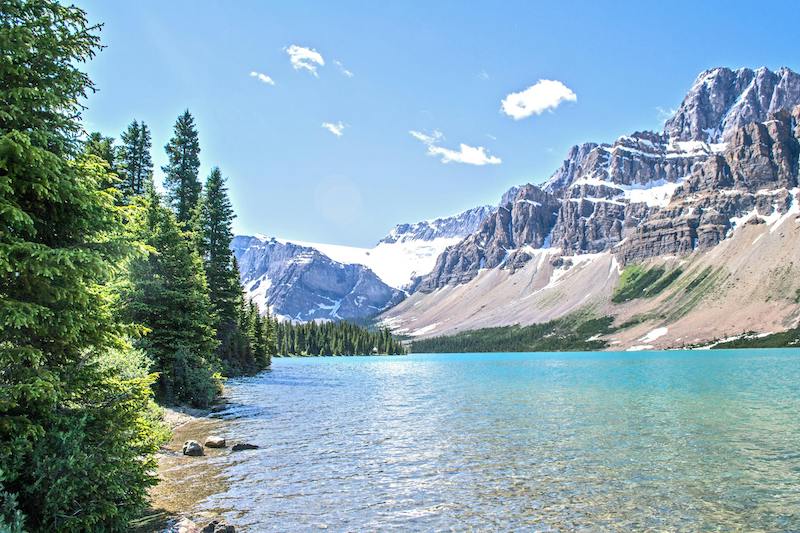
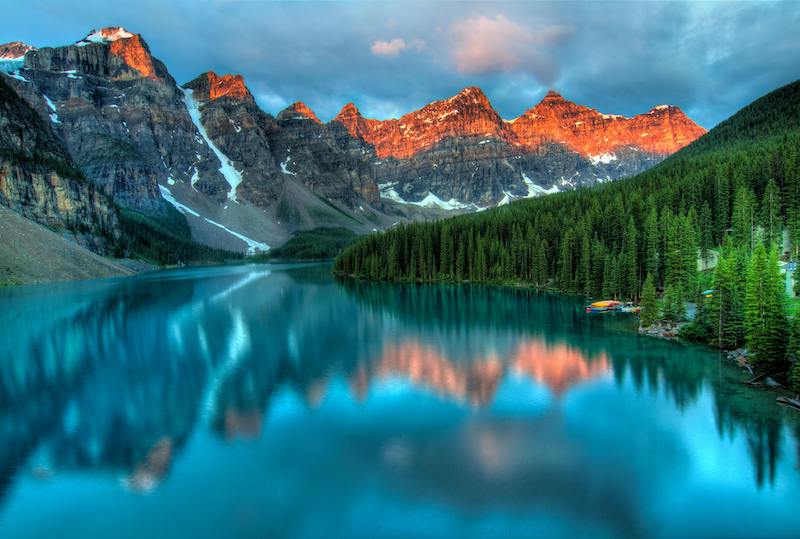
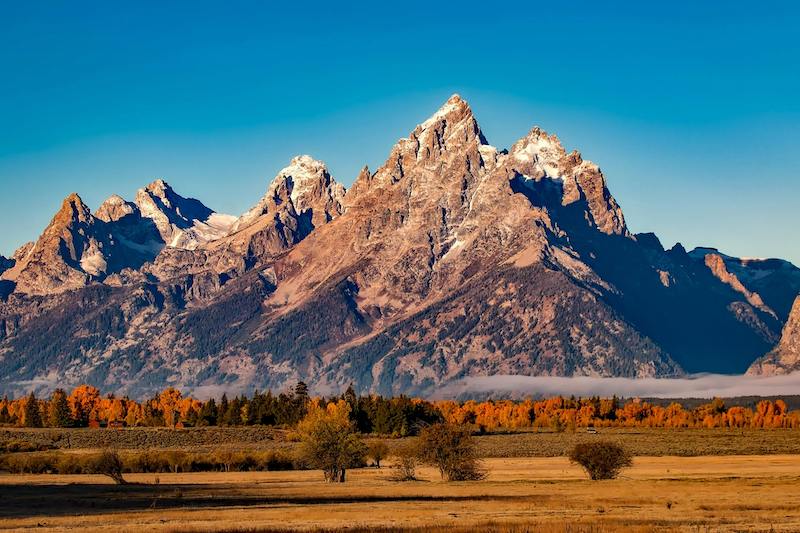
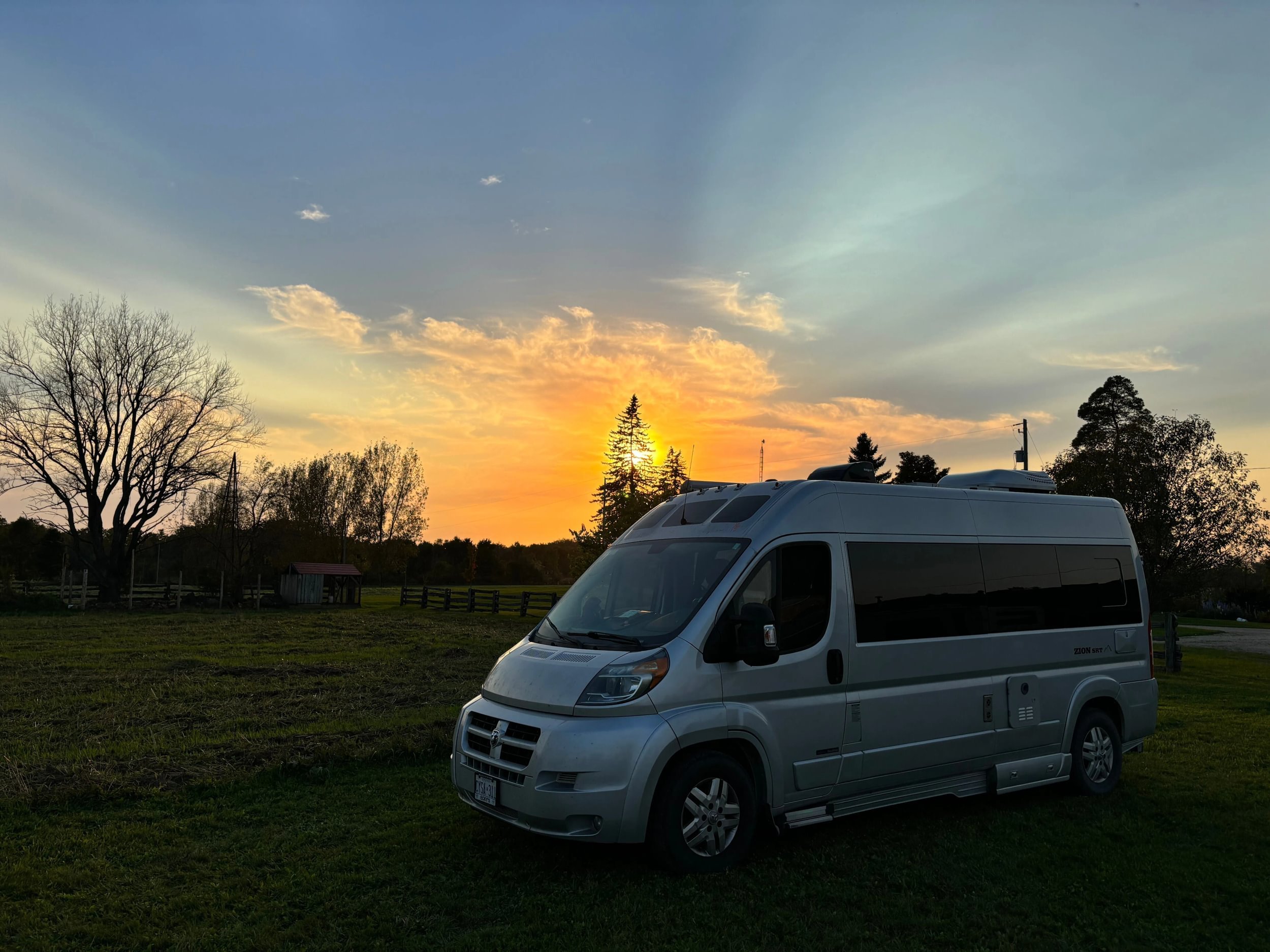
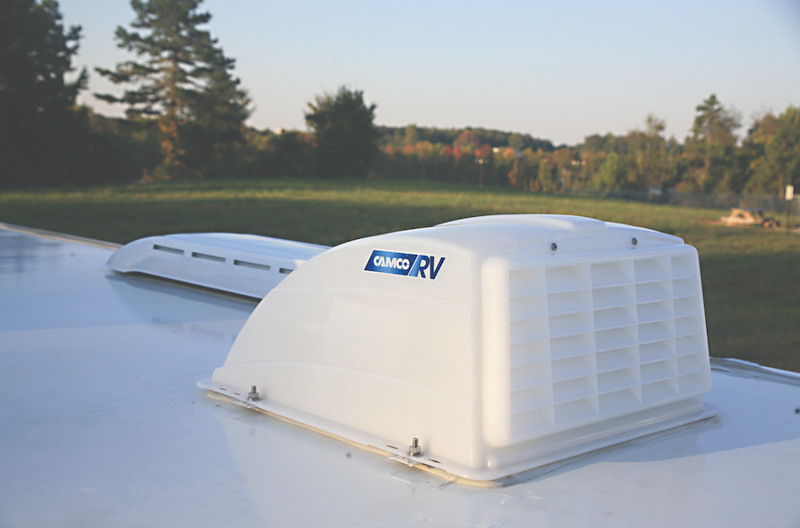
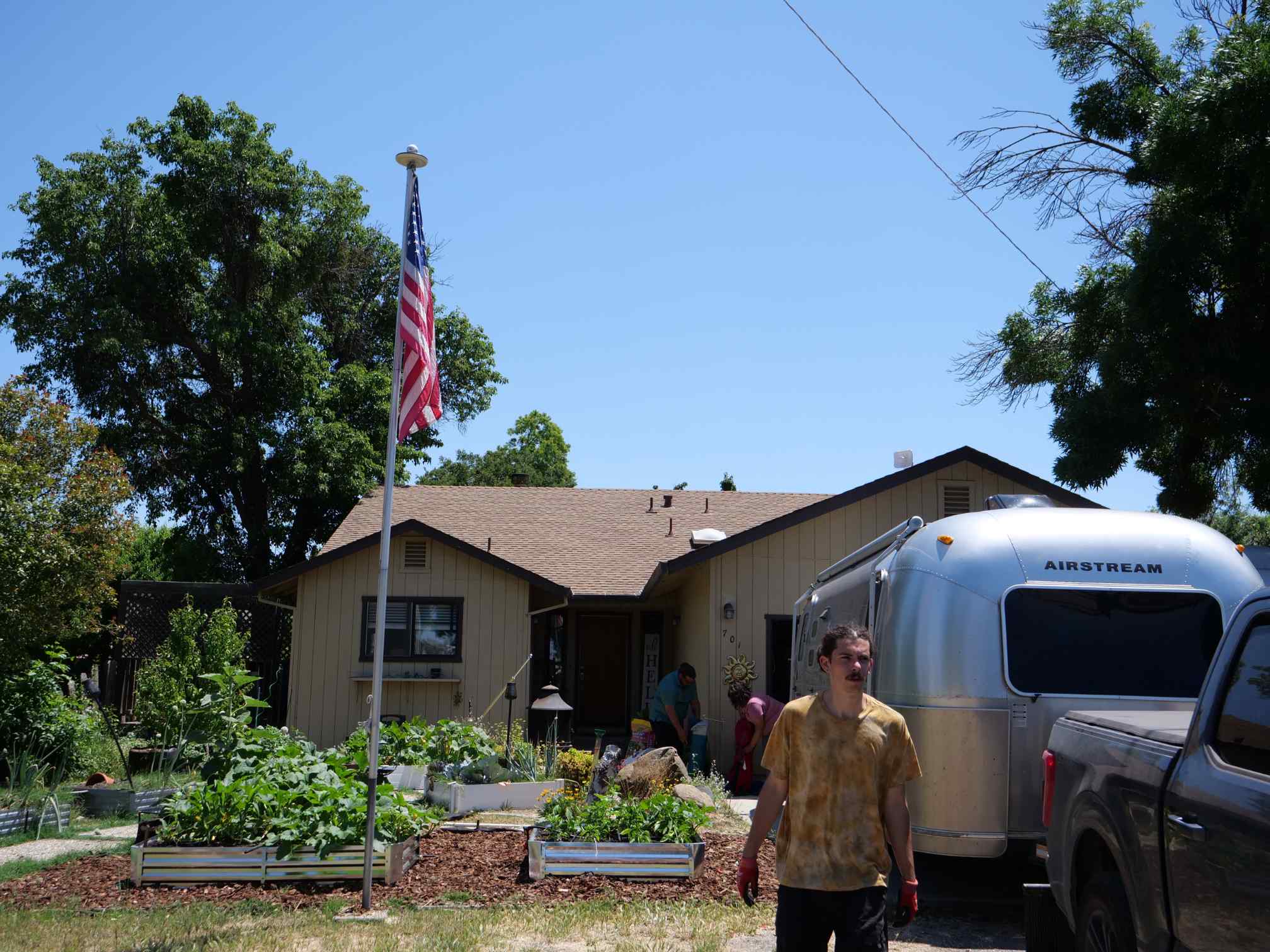
Choose an injection site, typically the abdomen or thigh, rotating sites with each injection to how to inject compounded tirzepatide avoid tissue damage or irritation. Clean the chosen area with an alcohol swab and allow it to dry.
With this data, businesses can make informed decisions professional seo services the woodlands about their marketing strategies and continuously optimize their online presence.
The primary types of interior car lights include dome lights, map lights, footwell lights, and ambient lights. car led lights interior are typically located on the car’s ceiling and provide general illumination when the doors are opened or when manually switched on.